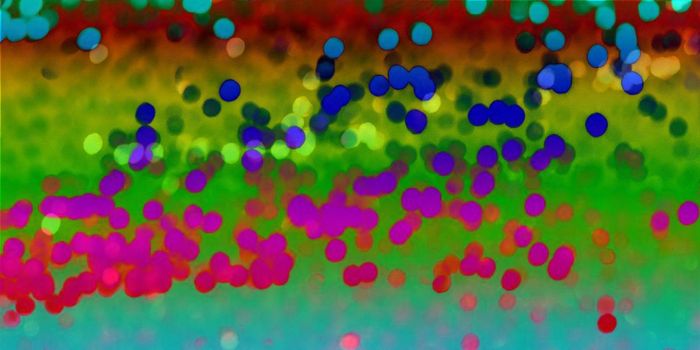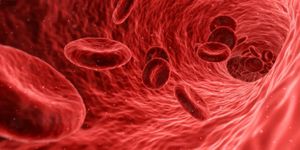HIV, the virus that causes AIDS, attacks a vital group of white blood cells in the body, the T-cells. These cells are on the front lines of the body's immune system and normally will fight off infection. The problem is that HIV cells are coated in glycoproteins that "trick" the T-cells into not recognizing them as a threat. The HIV cells then begin multiplying at a high rate, releasing specific RNA strands and enzymes that transform into DNA. Once transformed, the cells are treated like the body's own cells and not fought off.
This process can be latent for years, but once the amount of T-cells drops to a certain level, the immune system cannot fight off infections, and the disease progresses to AIDS. No one actually dies from AIDS, they die from cancers or infections the body could not defeat. Certain drugs can delay the onset of AIDS, but none are effective at wiping out the virus.








